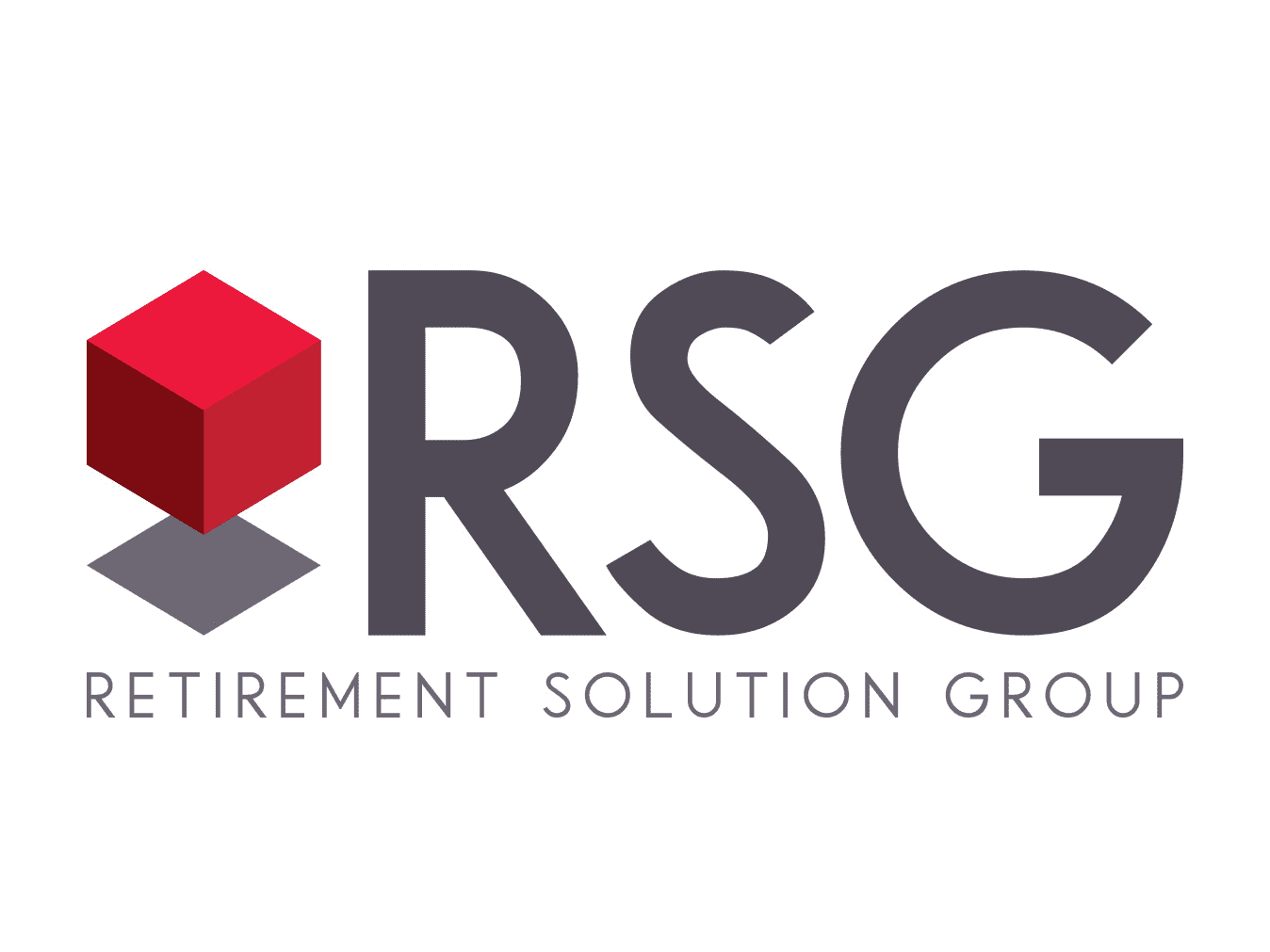For small businesses, choosing between Simple, SEP and 401(k) Profit Sharing Plans is as much about knowing what’s right for your business as it is about finding the right plan for you and your employees.
When implementing a retirement plan, small businesses have several options to consider… Many start with a Simplified Employee Pension IRA known as the SEP IRA or a Savings Incentive Match Plan for Employees referred to as a SIMPLE IRA “for now” and leave the 401(k) option for “sometime down the road.” Here, we’ll explore the basics of all three to determine which one will take your plan to the top of the class.
Educate Yourself on Retirement Plans
Back to School season is upon us. While many students are happily returning to familiar friends, teachers and classrooms, those who just graduated are excitedly preparing for new faces and places. Having made the most of their education journey so far, they are now ready to take their learning and development to the next level.
A similar mindset could be applied to your company retirement plan. If you are currently part of a SEP or SIMPLE plan, please consider the following details to determine whether it’s time to graduate to a 401(k).
Contributions: Who and How Much?
Who can contribute:
- SEP: Employer only; must contribute for all eligible employees in equal percentages
- SIMPLE: Employee and Employer; but limits are reduced, and employer formula is smaller and fixed
- 401(k): Employee and Employer; higher limits on employee and employer deferrals and much more flexibility. But with that flexibility comes more administration and some increased complexity
Max Employee Contribution:
- SEP: Not applicable
- SIMPLE: $13,500 plus $3,000 catch-up if you are age 50 or over
- 401(k): $19,500 plus $6,500 catch-up if you are age 50 or over
Employer Contributions:
- SEP: Optional despite being the only way to fund; up to 25% of W-2 payroll with a $58K cap
- SIMPLE: Required match of 100% on first 3% of participating employee contributions (after 2-year grace period) or 2% of all eligible employee salaries
- 401(k): Optional, up to 25% of w-2 payroll with a $58k cap ($64,500 if over age 50) plus profit sharing options
Roth Contributions:
- SEP: No
- SIMPLE: No
- 401(k): Yes – up to $19,500 or $26,000 if over age 50; no income restrictions
Access to Funds
Vesting:
- SEP: Immediate
- SIMPLE: Immediate
- 401(k): Immediate or multi-year schedules
Withdrawal before age 59 1/2:
- SEP: 10% penalty
- SIMPLE: 25% penalty if withdrawing in the first 2 years of participation; 10% penalty after
- 401(k): Penalty-free loan option or 10% penalty
Choosing Between Simple, SEP, and 401(k) Profit Sharing Plans
So what? It is decision making time for many. The maturation of your retirement plan benefits from a SIMPLE or SEP to a 401(k) plan with discretionary profit-sharing plan needs to be a strategic business decision.
- Why SIMPLE? – You have a company with modest profits and are still in growth mode. You want your people to have a plan to save to but are very concerned with keeping administrative costs low and are only looking to fund a small employer contribution and have no concerns with limited contribution amounts or more meaningful tax deductions.
- Why SEP? – You like the idea of having the team work to a profitability goal and want to use this as a tool to give back for company success and growth. But you must be ok with the fact that the contribution is at equal percentages to all employees, not customization or skewing the benefit to executives or key employees who drove said profit. You also have to be ok with the fact that in years when there is no contribution that your staff has no ability to contribute to their retirement plans.
- Why 401(k)/Profit Sharing Plans – You are willing to spend a little more (est. + $1500 – $2,000) to get a lot more. You want your employees in a more supported and actively savings model with higher rates and options like ROTH, loans etc. You like the fact that there is flexibility and options for match, safe harbor and profit sharing all in the same vehicle. In essence, you want the plan to be a more significant part of the company culture and total compensation strategy.
In comparing a 401(k) to the SEP and SIMPLE IRA’s, it’s clear that 401(k)s offer higher contribution limits and plan design flexibility. At this point, you may be wondering why plan sponsors don’t immediately choose this as their first option. Sometimes, going with a SEP or SIMPLE can mean lower start-up and administrative costs – especially for a smaller business just starting out. Please reach out to your RSG representative to discuss your choices in more detail and determine the best one for your company retirement plan. But remember that this “graduation” can only occur at the beginning of the year (1/1) and has notice requirements that go back to 11/1. So, the time to evaluate, analyze and decide is now.
